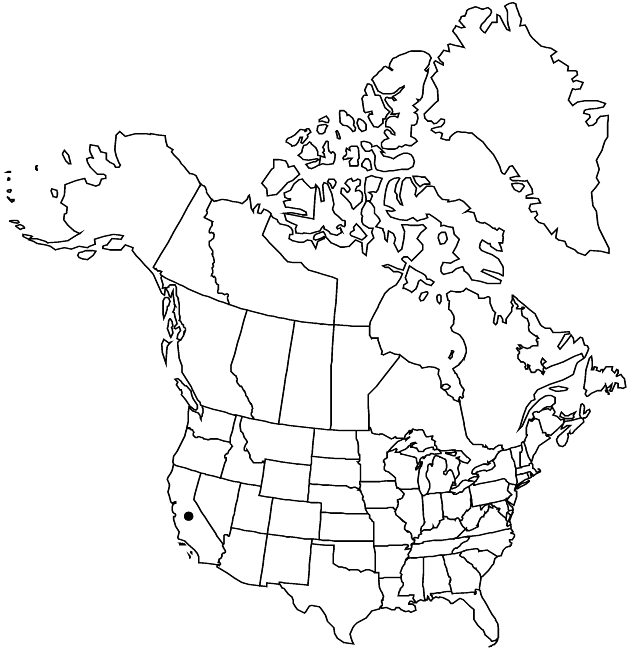Difference between revisions of "Dimorphotheca pluvialis"
Methodus, 585. 1794.
imported>Volume Importer |
imported>Volume Importer |
||
| Line 58: | Line 58: | ||
|publication year=1794 | |publication year=1794 | ||
|special status=Introduced | |special status=Introduced | ||
| − | |source xml=https:// | + | |source xml=https://bitbucket.org/aafc-mbb/fna-data-curation/src/2e0870ddd59836b60bcf96646a41e87ea5a5943a/coarse_grained_fna_xml/V19-20-21/V19_617.xml |
|tribe=Asteraceae tribe Calenduleae | |tribe=Asteraceae tribe Calenduleae | ||
|genus=Dimorphotheca | |genus=Dimorphotheca | ||
Latest revision as of 20:53, 5 November 2020
Annuals, 5–20(–40+) cm. Leaf blades narrowly oblong or oblanceolate to linear, 15–50(–100+) × 3–15(–25+) mm, margins usually dentate to pinnatifid, sometimes entire. Peduncles (3–)5–12+ cm. Phyllaries 6–12+ mm. Ray corolla laminae abaxially white to ochroleucous or yellowish (often marked with blue to purple), adaxially mostly whitish (often blue to purplish at bases and/or apices), 20–30+ mm. Disc florets 30–50+; corollas whitish to yellowish, usually bluish to purplish distally, 4–6 mm (lobe apices acute, terete, or dilated). Ray cypselae 4–6 mm; disc cypselae 6–8 mm. 2n = 18.
Phenology: Flowering Mar–Apr.
Habitat: Disturbed places
Elevation: 0–100 m
Distribution

Introduced; Calif., South Africa.
Discussion
Plants with “intermediate” ray-corolla colors have been treated as hybrids between Dimorphotheca pluvialis and D. sinuata (e.g., N. T. Norlindh 1943).
Selected References
None.